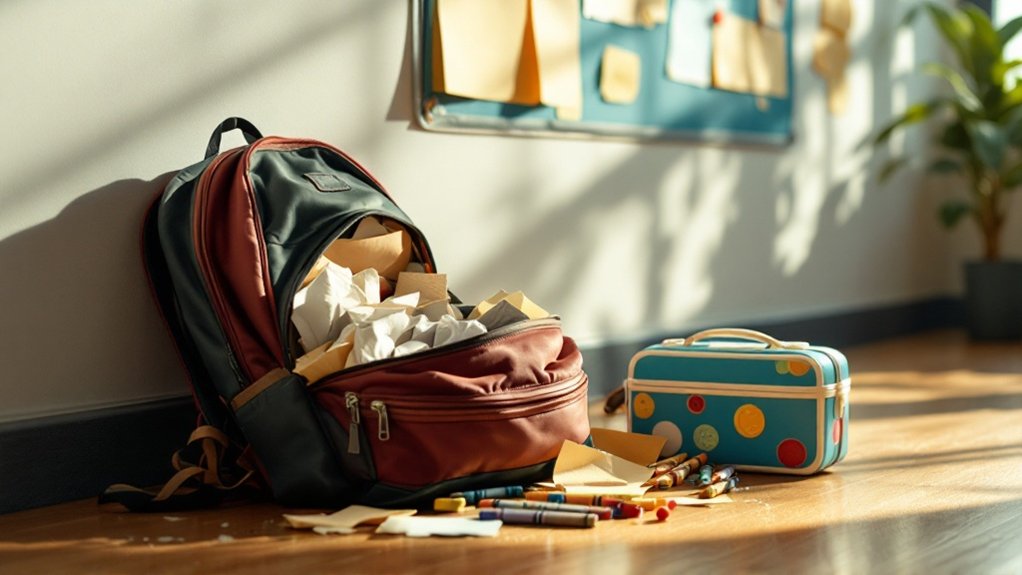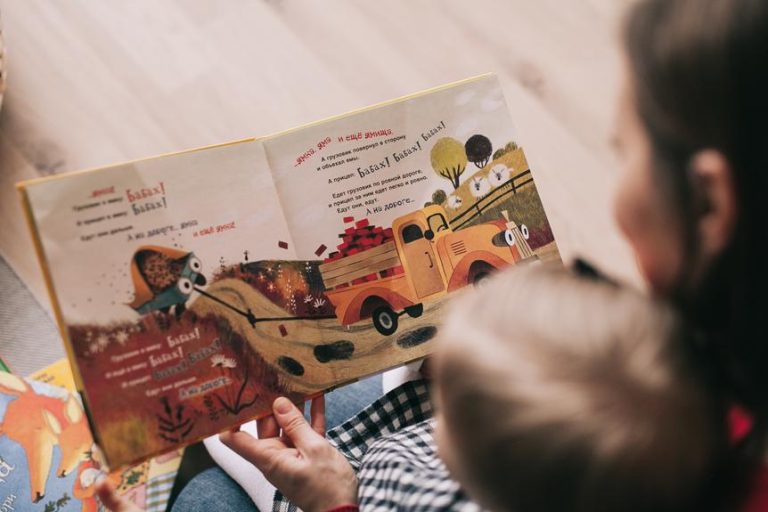Why the End of the School Year Feels Emotionally Harder Than Ever
Students are cracking under unprecedented pressure. Nearly half battle depression and anxiety, while a staggering 87% of schools report major hits to social-emotional development. The pandemic’s lingering effects, combined with academic stress and classroom disruptions, have transformed the traditionally exciting year-end into an emotional minefield. Early start times, inadequate counseling support, and looming shifts only amplify the chaos. There’s more to this perfect storm than meets the eye.

As another school year draws to a close, students across the country are experiencing a perfect storm of emotions – and not the good kind. Between unmet academic expectations, social pressures, and the lingering effects of a pandemic that just won’t quit, young people are feeling the weight of it all. The numbers tell a brutal story: nearly half of students report struggling with depression, anxiety, and stress. Not exactly the carefree end-of-year vibes anyone was hoping for.
The pandemic has left its mark in ways nobody anticipated. A staggering 87% of U.S. public schools report that students’ socio-emotional development took a serious hit. Kids are acting out more, showing less respect, and frankly, many are operating at emotional maturity levels that would have been concerning even before COVID came along. It’s like someone pressed pause on their social development and now everyone’s scrambling to catch up. Without the structured school environment, students face increased anxiety and stress during summer break.
The pandemic didn’t just interrupt learning – it froze students’ emotional growth, leaving schools scrambling to help kids catch up developmentally.
The classroom has become ground zero for these challenges. Teachers are dealing with more disruptions than ever, while trying to maintain some semblance of normal education. Students report feeling tired, stressed, and bored – with three-quarters of their emotions falling squarely in the negative category. Research shows that early school times contribute significantly to these negative feelings. Emotional instability indicators like quick anger responses and heightened worry have become increasingly common among students. Fun times? Not exactly.
For many students, the end of the year brings supplementary stressors. Some are facing changes to new schools or environments, while others are grappling with the realization that their academic performance didn’t meet expectations. The pressure is real, and it’s intensified by the fact that schools are struggling to provide adequate support. There’s a shortage of counselors right when they’re needed most.
Schools are trying to adapt, creating recovery plans focused on mental health and emotional stability. But it’s an uphill battle. The pandemic didn’t just disrupt learning – it fundamentally altered how students interact, cope with stress, and handle their emotions.
The end of the school year used to mean excitement and anticipation. Now? It’s more like emotional survival mode.






